If you’re considering joining a country club and have set your sights on Ancala Country Club in Arizona, you’re in for a treat. Known for its stunning landscapes, world-class amenities, and a community of like-minded individuals, Ancala is more than just a place to play golf; it’s a lifestyle. In this guide, we’ll explore the membership costs associated with Ancala Country Club, what those costs include, and why many people consider it a worthy investment.
Understanding the Membership Structure
Before diving into costs, it’s crucial to understand the types of memberships Ancala offers. The club provides various membership options to accommodate different interests and lifestyles.
- Full Golf Membership: For avid golfers seeking year-round access to the 18-hole championship course.
- Social Membership: Ideal for those who wish to enjoy dining, fitness, and social events without the golf privileges.
- Junior Membership: Tailored for younger members, offering a full golfing experience at a reduced rate.
- Corporate Membership: Designed for businesses looking to provide golf and social privileges to employees.
| Membership Type | Annual Cost | Benefits |
|---|---|---|
| Full Golf Membership | Approximately $6,000 | Unlimited golf, dining discounts, club events |
| Social Membership | Around $2,500 | Access to dining and club events |
| Junior Membership | About $3,000 | Golf and social access for younger members |
| Corporate Membership | Varies (Contact Club) | Golf for employees and entertaining clients |
Why Consider Ancala Country Club?
Ancala Country Club is not just about the golf course. It’s a hub for community, relaxation, and recreation. Here are some benefits of becoming a member:
- Exclusive Events: Participate in social events, tournaments, and family-friendly activities.
- Fitness & Wellness: Enjoy a state-of-the-art fitness center and yoga classes.
- Dining Experience: Relish gourmet dining options with stunning views.
- Networking Opportunities: Connect with professionals and families in your area.
 Ancala Country Club Amenities
Ancala Country Club Amenities
Membership Costs Breakdown
Now that you know the types of memberships, let’s dive into the actual costs. Membership fees vary based on several factors such as the type of membership, additional assessments, and amenities.
Upfront Costs and Dues
- Initiation Fee: Many country clubs, including Ancala, require a one-time initiation fee. For Full Golf Membership, this is usually around $40,000.
- Monthly Dues: Members also pay monthly dues that cover maintenance, administrative costs, and other services.
Estimated Costs Table:
| Cost Component | Full Golf Membership | Social Membership | Junior Membership |
|---|---|---|---|
| Initiation Fee | $40,000 | $2,000 | $1,500 |
| Monthly Dues | $600 | $200 | $250 |
| Annual Food Minimum | $1,200 | $600 | $600 |
Additional Fees
- Food and Beverage Minimums: Members are typically required to spend a minimum amount on food and beverages monthly or annually.
- Golf Cart Fees: These apply if you prefer using a golf cart rather than walking the course.
- Reciprocal Club Fees: Membership might allow access to other clubs, which could come with additional costs.
 Ancala Country Club Golf Course
Ancala Country Club Golf Course
Payment Plans
Ancala Country Club offers various payment plans to ease the financial burden of initiation fees. These include:
- Payment in Installments: Spread out initiation fees over a set period.
- Annual Lump Sum: Pay the full amount upfront for possible discounts.
The Value of Membership
When evaluating the costs, consider the value you’ll receive. Here are a few key points:
- Community and Networking: You’ll become part of a vibrant community which can lead to personal and professional connections.
- Wellness and Lifestyle: Access to fitness programs and relaxation areas improves overall wellness.
- Long-term Investment: Membership can lead to enhanced property values and lifestyle benefits.
Testimonials from Current Members
“Joining Ancala has not only enhanced my golf game but also enriched my network. The community is like a second family.” – Mary T., Full Golf Member.
“The dining options and social events make every visit a new experience.” – John D., Social Member.
 Ancala Country Club Social Event
Ancala Country Club Social Event
Key Takeaways
- Types of Memberships: Ancala offers Full Golf, Social, Junior, and Corporate memberships, each catering to different lifestyles.
- Costs to Consider: The membership comes with initiation fees, monthly dues, and potential additional costs like food minimums.
- Long-term value: Besides golf, Ancala provides a rich community life, wellness facilities, and ample networking opportunities.
Frequently Asked Questions (FAQs)
1. What is the initiation fee for Ancala Country Club?
The initiation fee for the Full Golf Membership is around $40,000, while Social Membership initiation fees can be $2,000.
2. Are there amenities included in the membership?
Yes! Amenities generally include access to the golf course, dining facilities, fitness center, and social events.
3. Can I pay the initiation fee over time?
Yes! Ancala offers payment plans that allow for installment payments of initiation fees.
4. Is there a minimum spend requirement on food and beverages?
Yes, members must meet annual food minimums, which vary by membership type.
5. Can I bring guests to the club?
Yes, members typically have guest privileges under specific circumstances.
6. Are there any seasonal rates?
Memberships are usually annual, but some clubs may offer seasonal or special promotions, especially in off-peak times.
7. How does Ancala compare to other country clubs?
Ancala offers a unique blend of community, amenities, and service. It’s always best to visit and experience the atmosphere firsthand.
8. Are there event hosting options available for members?
Yes, members can host private events, parties, and meetings at the club.
9. What is the cancellation policy?
Cancellation policies may vary; it’s best to consult with club management for detailed terms.
10. Can young professionals join?
Absolutely! The Junior Membership is specifically designed for younger members without a hefty price tag.
By understanding the membership costs associated with Ancala Country Club, potential members can determine if this exclusive community aligns with their lifestyle and recreational needs. Whether it’s the golf, the dining experiences, or the camaraderie you seek, Ancala offers a package that few others can match. Happy Clubbing!

 Golfer Teeing Off
Golfer Teeing Off Golf Ball in Flight
Golf Ball in Flight
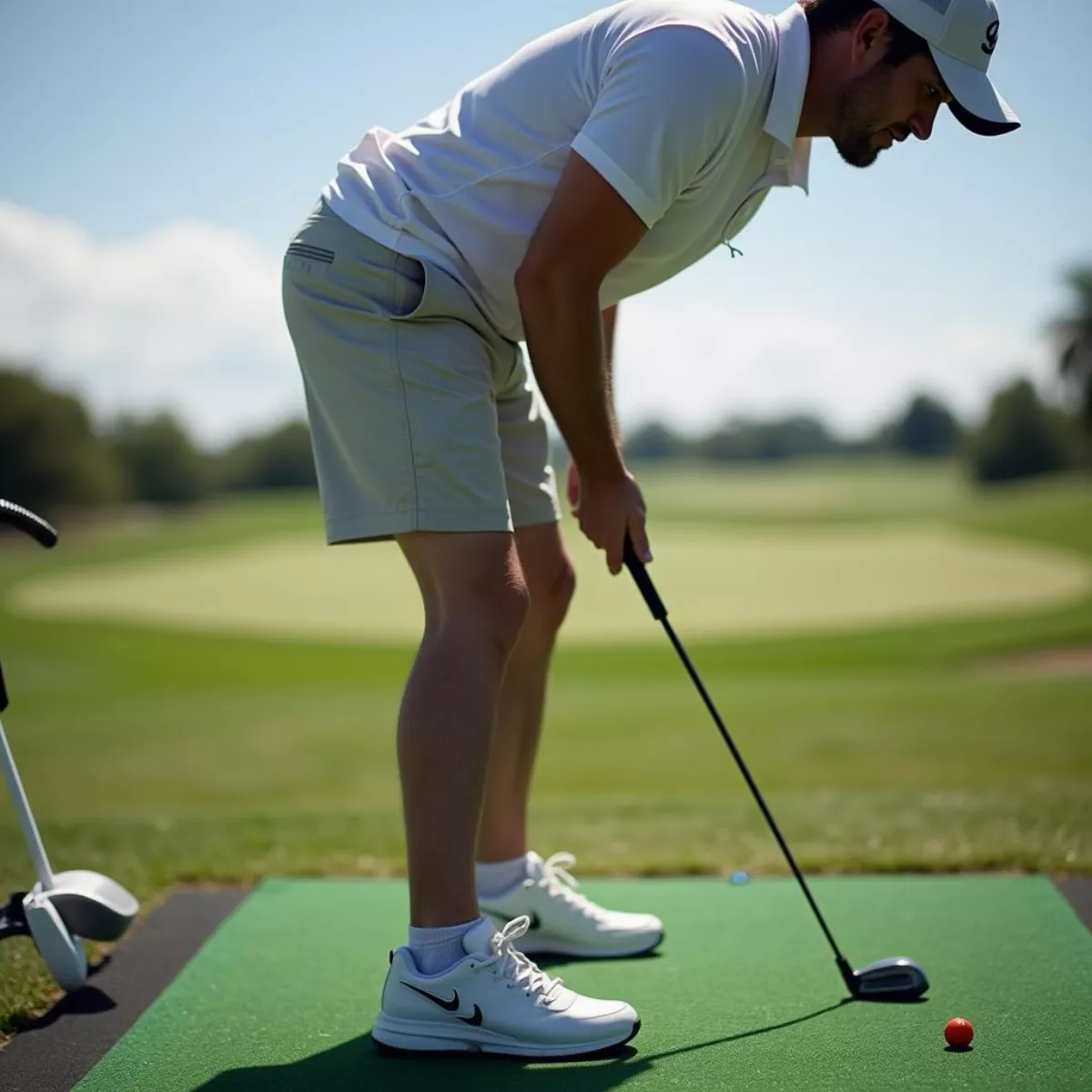 Golfer Practicing Swing
Golfer Practicing Swing Golfer Visualizing Shot
Golfer Visualizing Shot
 Golfer Analyzing Putting Green
Golfer Analyzing Putting Green Frustrated Golfer Missed Shot
Frustrated Golfer Missed Shot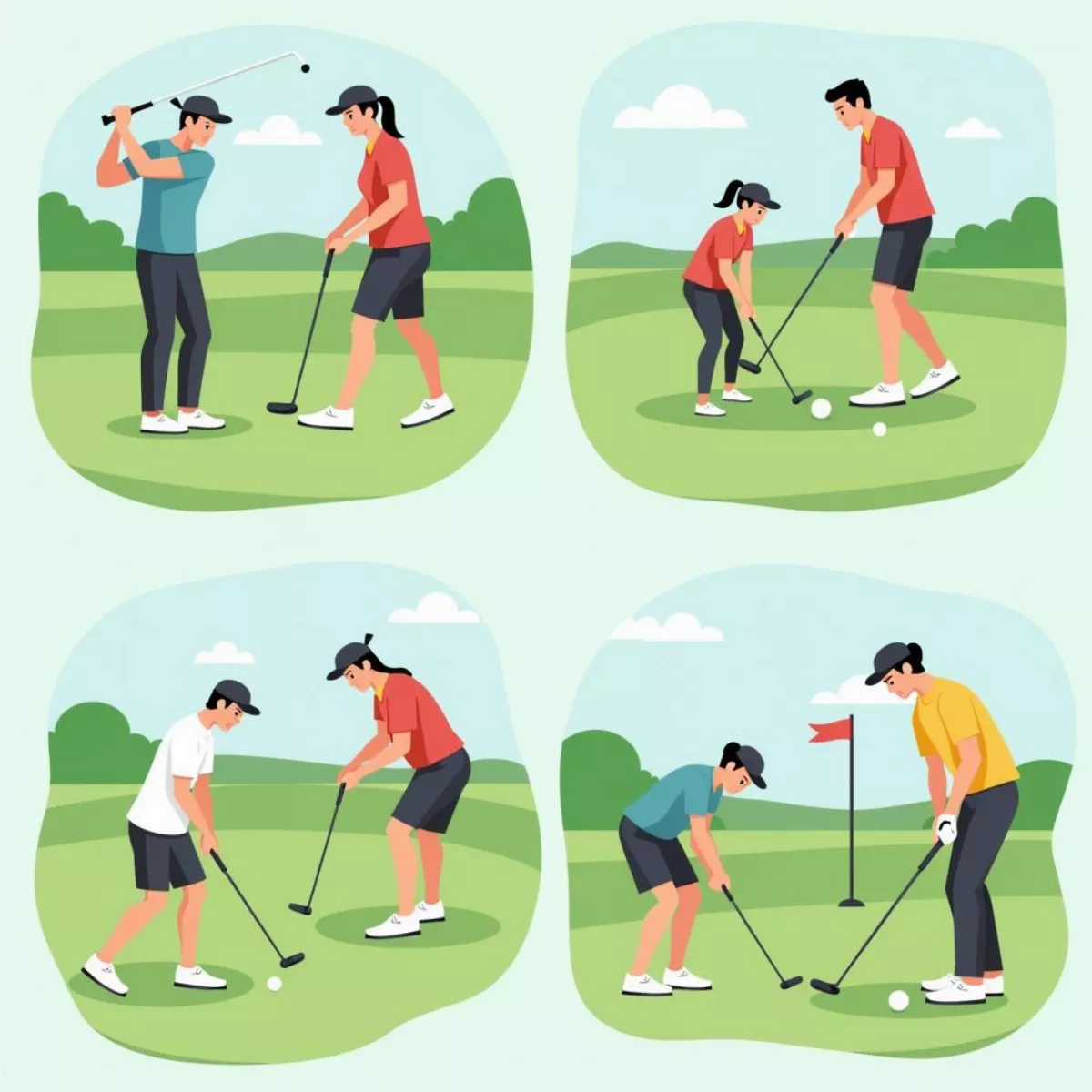
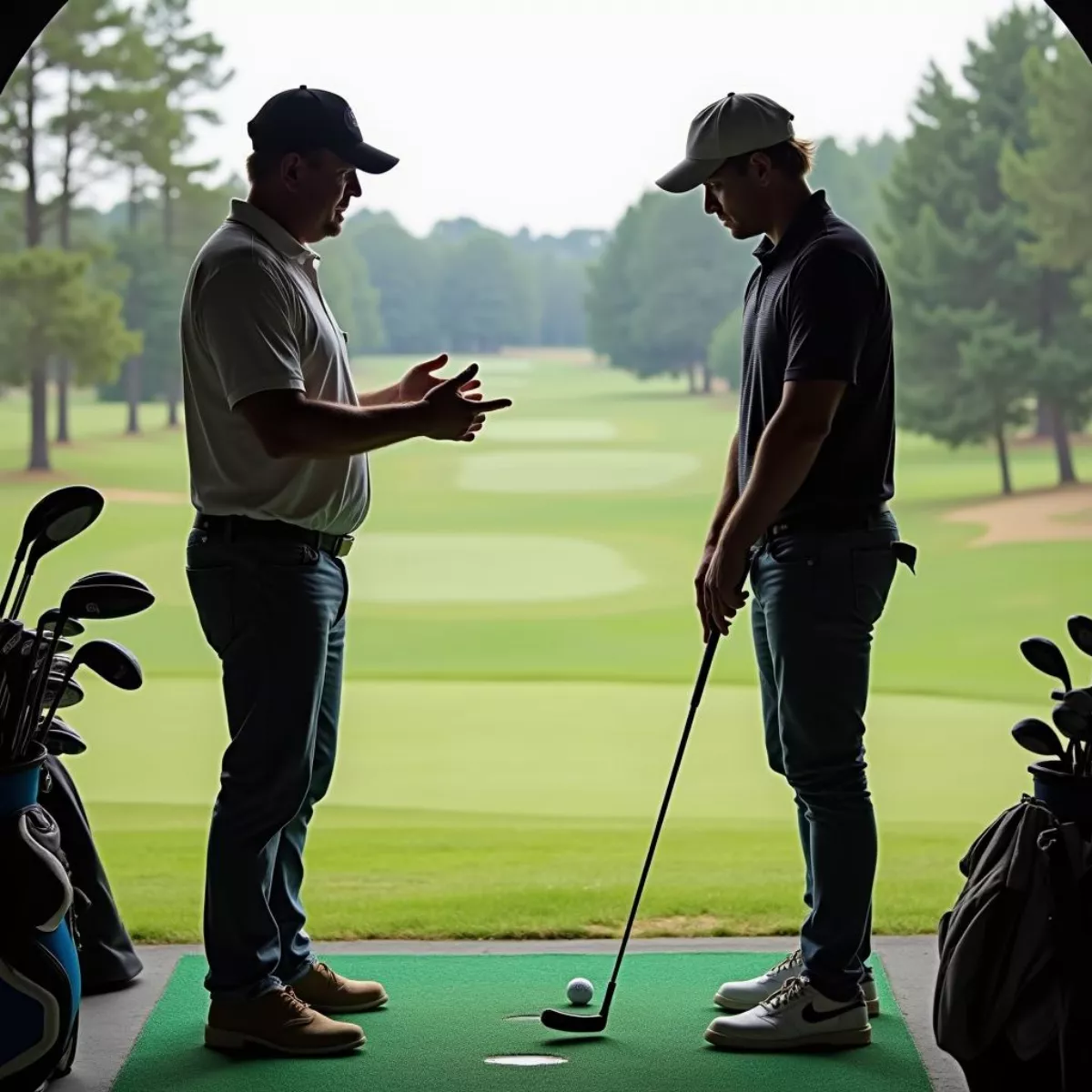 Golfer Receiving Professional Lesson
Golfer Receiving Professional Lesson Golfer Checking Handicap on Mobile Phone
Golfer Checking Handicap on Mobile Phone
 Golfer Practicing Short Game to Improve Handicap
Golfer Practicing Short Game to Improve Handicap
 Verde Santa Fe Golf Course Hole 8
Verde Santa Fe Golf Course Hole 8 Verde Santa Fe Golf Course Clubhouse
Verde Santa Fe Golf Course Clubhouse
 Golfer Using Titleist Mini Driver
Golfer Using Titleist Mini Driver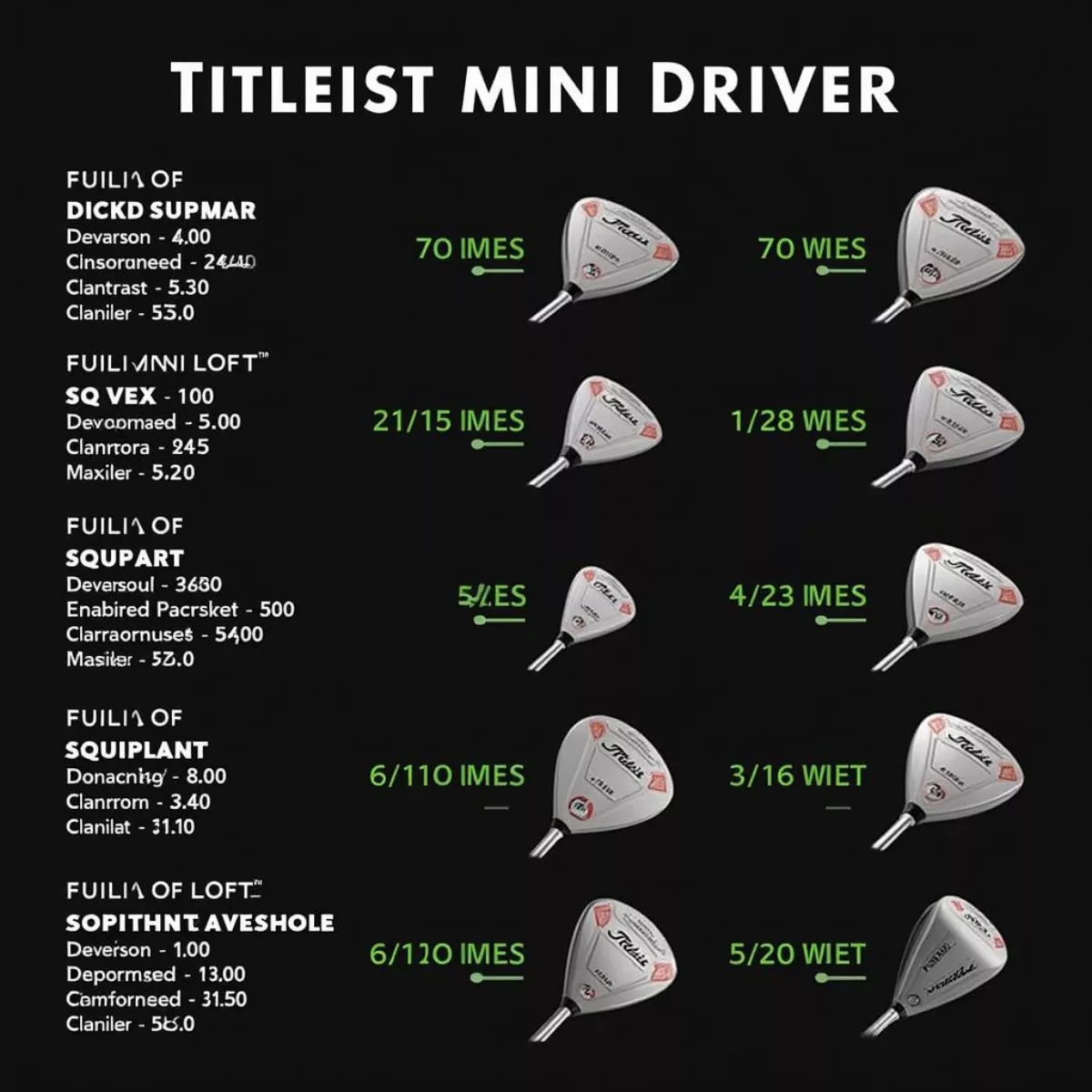 Titleist Mini Driver Lineup
Titleist Mini Driver Lineup
 Time Calculation Reference Table
Time Calculation Reference Table Teaching Time with Analog Clock
Teaching Time with Analog Clock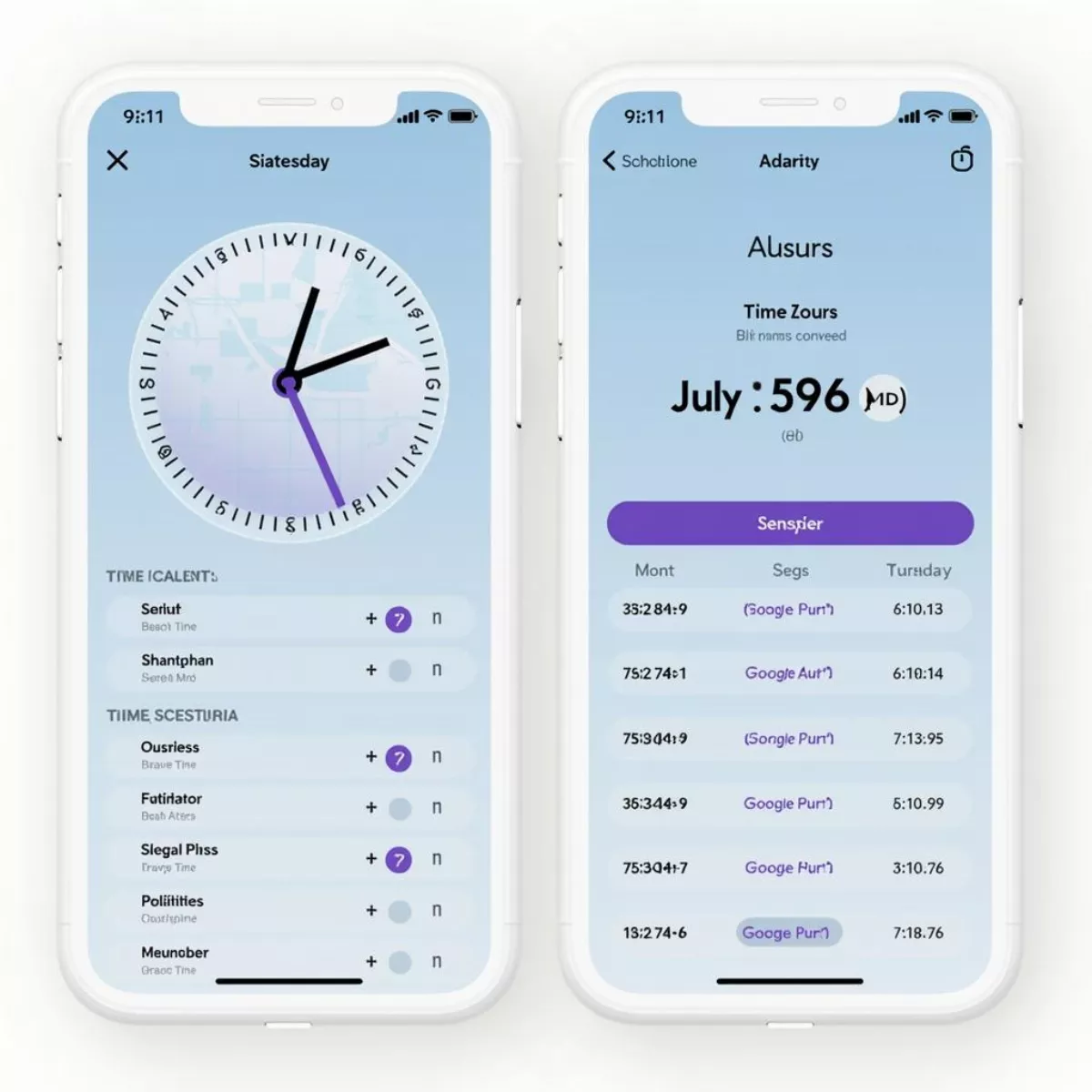 Time Zone App Interface
Time Zone App Interface Golf Tournament Cut Line
Golf Tournament Cut Line Professional Golfer Planning His Shot
Professional Golfer Planning His Shot Amateur Golfers Competing in Tournament
Amateur Golfers Competing in Tournament